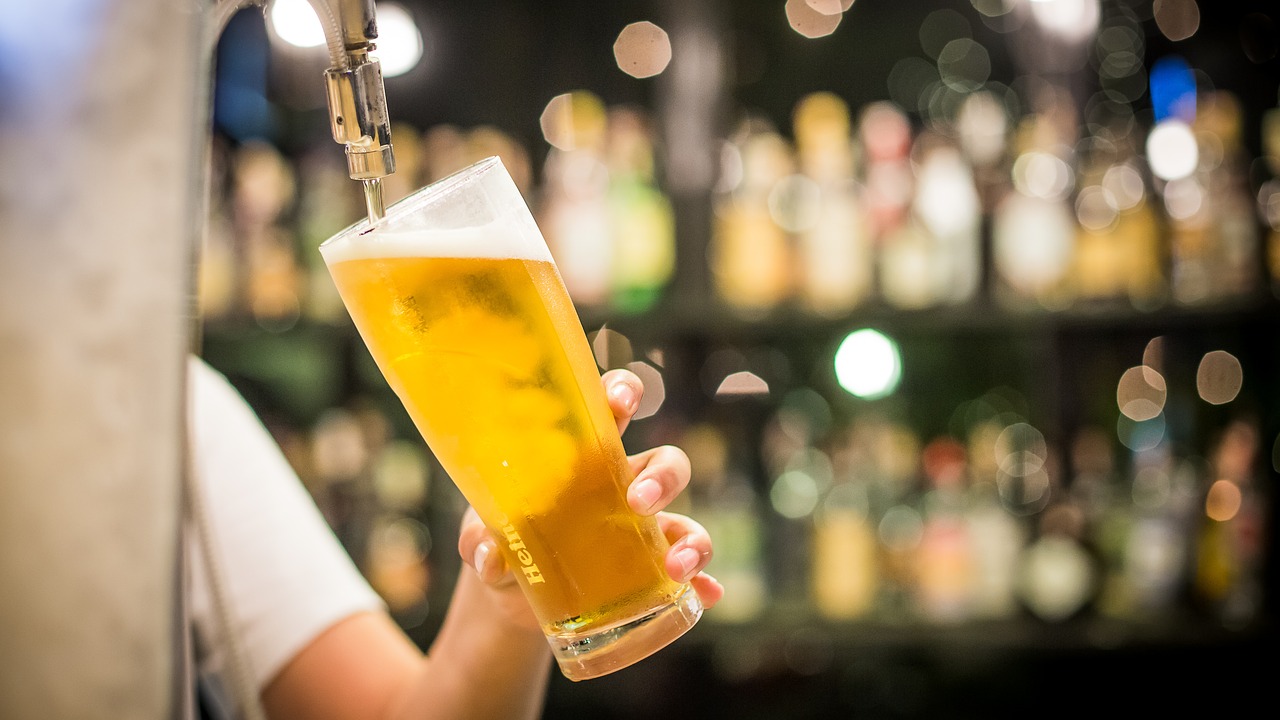According to the British Beer & Pub Association, British drinkers consumed around 14% beer during the 2020 lockdowns – but the drink still represents around 70% of drinks ordered in pubs. A particularly popular kind of beer is lager, which is characterised by cold storage and fermentation techniques. (The term originates from the German for ‘storage’.)
Figures from the Morning Advertiser’s 2022 drinks list reveals the nation’s preferences. And some of the results are surprising.
Several kinds of lager stand out as particularly popular. At the very top of the pyramid is Carling, which strikes a pleasant balance between drinkability and cost. Though it’s disdained by connoisseurs, for most people it’s perfectly palatable.
Just behind Carling is Fosters, which has sat in the number two position fairly consistently. What is surprising is the third most popular lager, Birra Moretti, which leapt from number 10 in 2020 to number three in 2021. An Italian brewer founded in 1859 and acquired by Heineken in 1996, it’s the only brand of lager to see an increase in sales over what had been a troubling period for the industry as a whole.
Reduced Alcohol Content
In a controversial move, Stella Artois reduced its alcohol content down to 4.6% abv in 2021. This was down to a decision by the parent company Budweiser, which sought to cut costs while still preserving the same ‘full flavour and clean crisp taste’. The brand continues to be profitable, despite the derision that this decision has been met with. While fans of the old recipe might grumble, they’re still buying Stella – as evidenced by this lager’s position at number 5, retained from the previous year.
More Expensive Lagers
Peroni has enjoyed remarkable gains in recent times, having successfully positioned itself as a premium option. A pint of the stuff can weigh in north of £5, but that hasn’t stopped customers drinking the stuff in enormous quantities. The brand sat at fourth in the overall rankings, up from sixth in 2020.
Birra Moretti and Brewdog also fall into this camp. It’s difficult for more established names to position themselves as a premium option, which has created an opportunity for smaller, and apparently more prestigious, brands to fill the gap.
Good lager is lightweight and approachable while still offering enough depth and complexity to keep drinkers coming back. It’s versatile enough to be paired with a whole range of meals, and can be enjoyed at the height of summer, as well as in the middle of winter. It’s therefore likely to always be with us, whatever alternative tipples are thrown our way. We might therefore expect this space to become even more competitive as time goes by.



 Bitcoin
Bitcoin  Ethereum
Ethereum  Tether
Tether  XRP
XRP  Solana
Solana  USDC
USDC  TRON
TRON  Cardano
Cardano  Lido Staked Ether
Lido Staked Ether  Avalanche
Avalanche  Toncoin
Toncoin